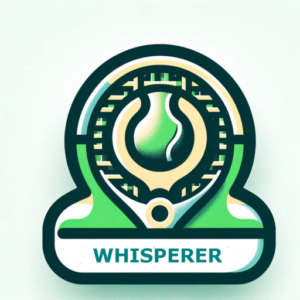Sciatica: When Nerve Pain Hits Your Game
Sciatica: When Nerve Pain Hits Your Game
Sciatica — a term many athletes hear but few truly understand — is now in the spotlight following LeBron James’ extended absence from the NBA. What was initially labeled as “glute irritation” is now diagnosed as a full case of sciatica, with a tentative return set for mid-November.
But what does this mean for competitive tennis players, especially those still grinding through league matches or playing at a high amateur level?
What Is Sciatica?
Sciatica refers to pain caused by irritation or compression of the sciatic nerve — the longest nerve in the body, originating from five spinal nerve roots (L4 through S3). It typically affects one side of the body and can radiate from the lower back down through the glute and leg.
The most common cause is a herniated disc, though spinal stenosis or muscular compression can also contribute. According to Dr. Santhosh Thomas of the Cleveland Clinic, most cases resolve with conservative treatment — including rest, targeted movement, and spinal injections — rather than surgery.
Why It Matters in Tennis
The sciatic nerve innervates the gluteal region and much of the lower limb — areas heavily relied upon in all phases of tennis movement. When compressed or irritated, this nerve can disrupt coordination, power generation, and dynamic control. Here’s how it impacts specific aspects of a tennis player’s physical performance:
1. First Steps
Initiating a sprint to a short ball or wide serve requires immediate glute and hamstring activation. Sciatica can delay or weaken this response due to inhibited nerve signaling, making the first step sluggish or unstable. This is especially problematic for players who rely on early ball recognition and fast court coverage.
2. Lateral Movement and Recovery
Side-to-side agility is central to modern tennis footwork. Any sciatic nerve dysfunction can reduce hip rotation and glute activation, leading to compromised balance when pushing off or landing from a lateral shuffle or slide. Over time, this can also increase strain on the lower back and knees as the body compensates.
3. Postural Stability During Serves and Returns
The serve requires a powerful upward drive from the legs and trunk, while the return demands a balanced, reactive stance. Sciatica can make it difficult to stabilize through the core and hips, disrupting balance at critical moments — especially during split steps or while transitioning out of a wide return stance.
4. Kinetic Chain During Groundstrokes
Effective groundstrokes rely on seamless energy transfer from the ground up — starting with the legs, passing through the core, and finishing with the racket. If the sciatic nerve is impaired, glute and leg contributions may weaken, leading to an incomplete or inefficient kinetic chain. This often results in reduced power, shortened follow-through, or poor timing, particularly on the run.
Players who return to competition too quickly often adopt compensatory patterns, such as altering their stance, shortening their stride, or favoring one side. These adjustments can overload secondary muscles and lead to further injury — especially in the lower back or opposite leg.
Wrap
Sciatica is common — roughly 40% of adults will experience it in some form. For tennis players, the key is recognizing early symptoms, respecting the rehab timeline, and making intelligent adjustments to training and match play.
A full recovery is realistic with a measured approach — one built on patience, precision, and long-term planning.



